SIX RECOMMENDED DUBLIN HISTORICAL ATTRACTIONS TO VISIT
Dublin is the capital city in the Republic of Ireland. There’s a very small river that sits between the city itself, and getting around the city is very accessible by foot or public transportation. It took us just a few days to see the sites we wanted to, and I also saved a lot of money by buying a Dublin Pass, which offers single or multi-day passes that gave me access to all the attractions I could go to for one, low price.
During my trip to Dublin, I got to experience everything Dublin history. Here are the six historical activities that Patricia recommends doing in Dublin:
#1 1916 Rebellion Walking Tour
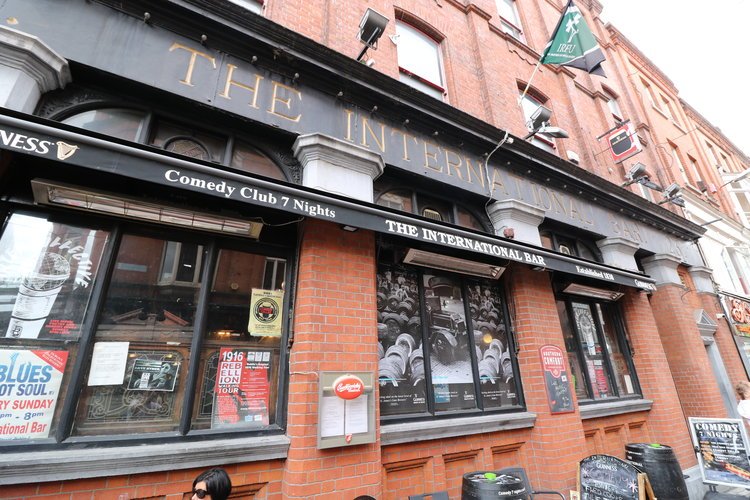
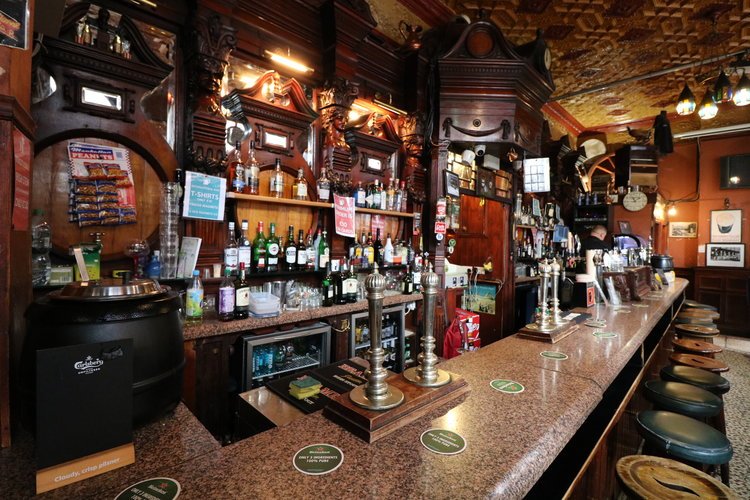




Before doing any other historical tour or site visit in Dublin, I definitely recommend taking the 1916 Rebellion Walking tour. This two-hour guided tour gives you an in-depth overview of one of the most significant historical events in Irish history. And because you will be hearing and seeing references of the 1916 rebellion throughout, it’s a great way to immerse yourself in the history of the city as it really laid the groundwork for the other activities and site visits during our stay.
Here are a few things to know about this tour: 1) the meeting point is at The International Bar, 2) some of the tour guides might have thick Irish accents, so if you’re not used to it, I would listen and respectfully ask questions for clarification, if needed, and 3) they visit the General Post Office (GPO) on this tour so you don’t need to visit that site separately.
#2 General Post Office


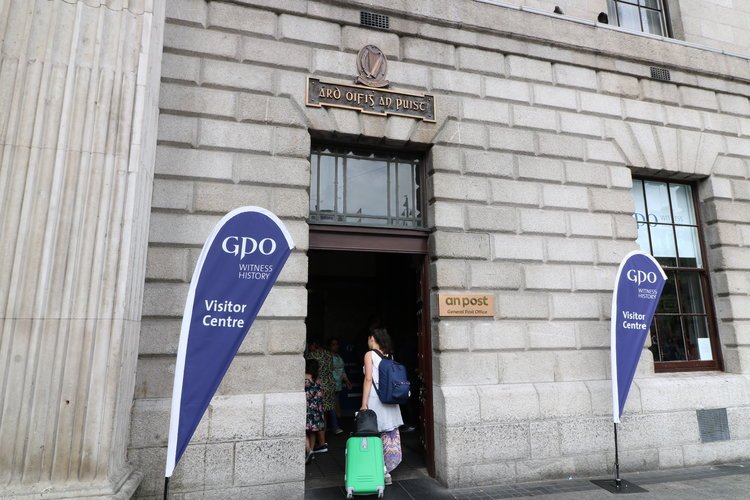




During the 1916 Rebellion, the GPO was headquarters of the Rebellion leaders preparing for the Easter Rising. Located in the heart of Dublin, you’ll likely pass it throughout your time there. The space itself was quite grand for a post office, especially compared to the ones I typically go to in the US. In addition to it still operating today as a post office, there is a museum downstairs with exhibits of the Easter Rising. If you’re taking the 1916 Rebellion Walking Tour, the exhibits will go into greater detail of the topics from the tour, if you’re interested. If you’re looking to send a letter or postcard home, they have plenty of writing stations, postcard stands, and other materials for you, too!
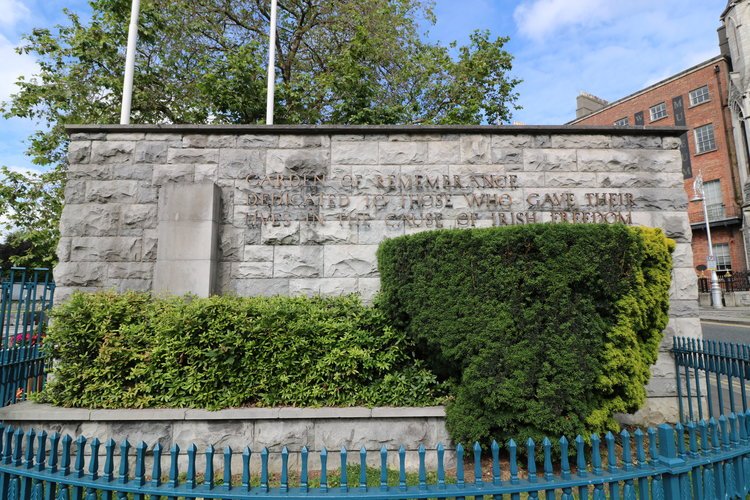



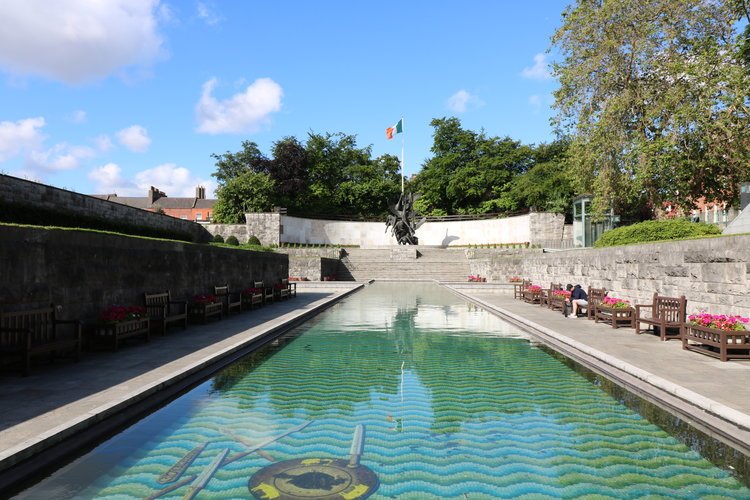


#3 Garden of Remembrance
The Garden of Remembrance is a small memorial garden that pays tribute to the fallen during the Rebellion of 1916. It’s actually right across the street from the Dublin Writers Museum and Chapter One Restaurant. The garden opens at 9:30am and is a lovely, tranquil spot that you can stroll through or sit on a bench to reflect.
#4 Arbour Hill Cemetery
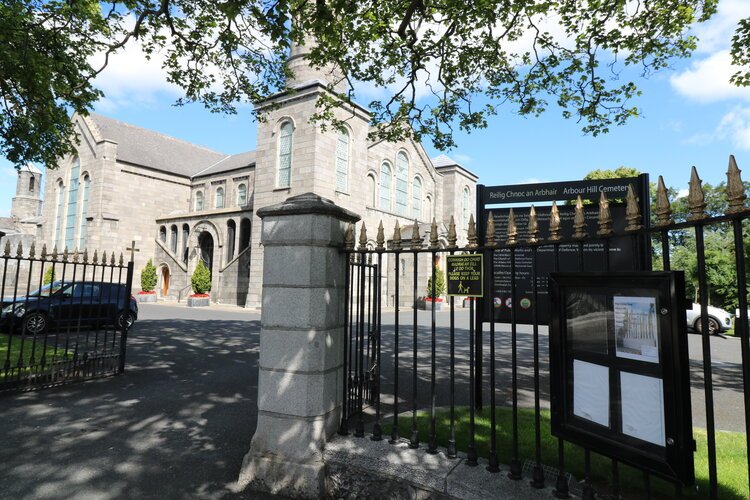







The Arbour Hill Cemetery is known for housing some of the fallen soldiers from the Easter Rising. Visited by former US President Barack Obama back in 2011, I noticed locals walk through this place as one might a local park. I saw one couple having a picnic, while another person was playing catch with his dog. It is a bit out of the way from the heart of Dublin, so if you’re pressed for time (or not a fan of exploring cemeteries), you may want to look into other sites in Dublin.
#5 National Museum of Ireland
If you’re planning on visiting both the Arbor Hill Cemetery and the National Museum of Ireland, both are less than a block away from each other. The National Museum of Ireland has free admission across four museum sites: Archaeology, Decorative Arts & History, Country Life, and Natural History.
I was able to visit two of the four sites, the Decorative Arts & History site and Natural History site. The Decorative Arts & History was specifically recommended by Patricia. While the museum had some interesting exhibits and artifacts displayed, between the Decorative Arts & History and the Natural History site, I would definitely recommend the latter. The Natural History Museum really caught my attention as it was filled with taxidermized animals and was not what I was expecting compared with the exhibits at the Decorative Arts & History Museum.





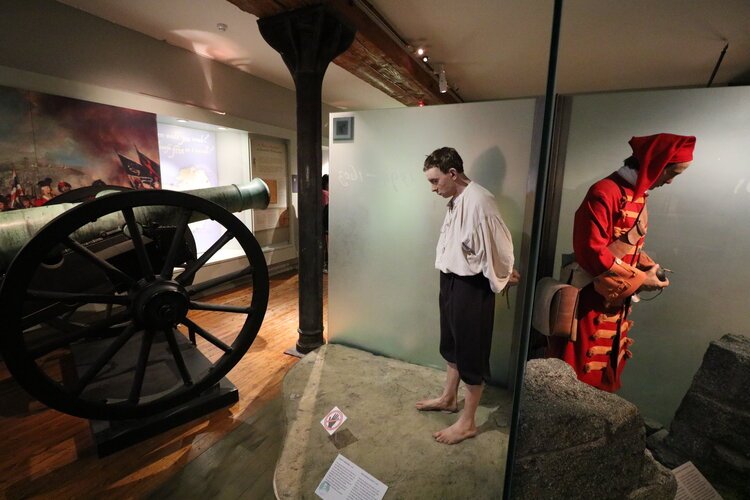









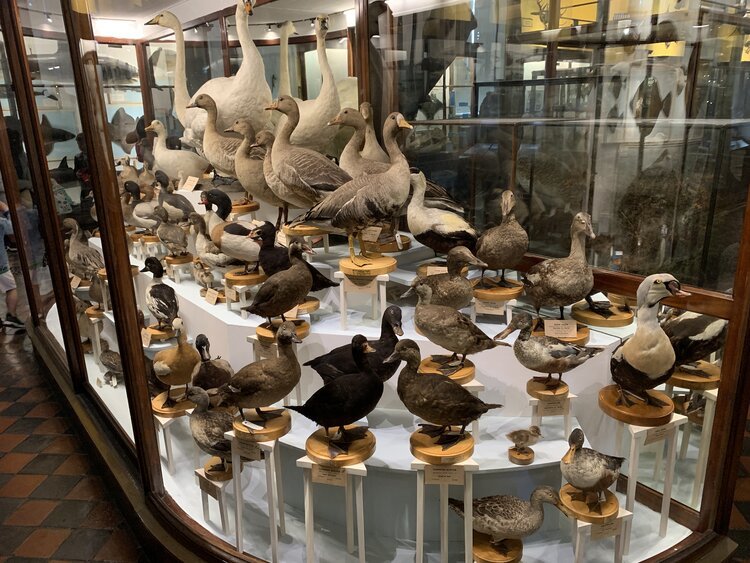









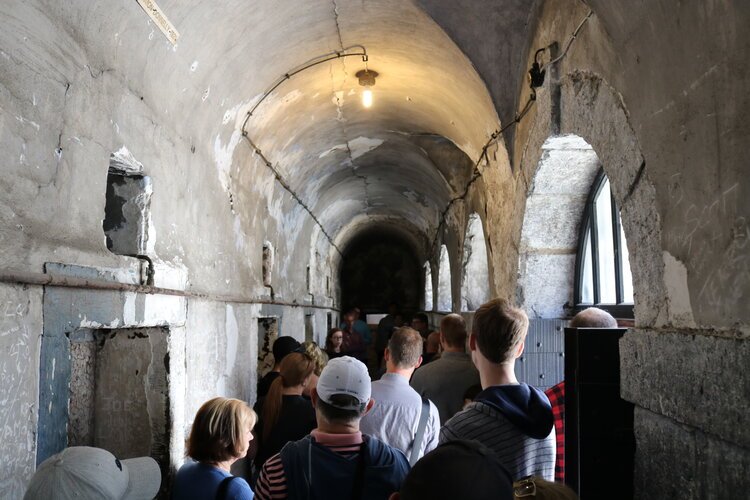


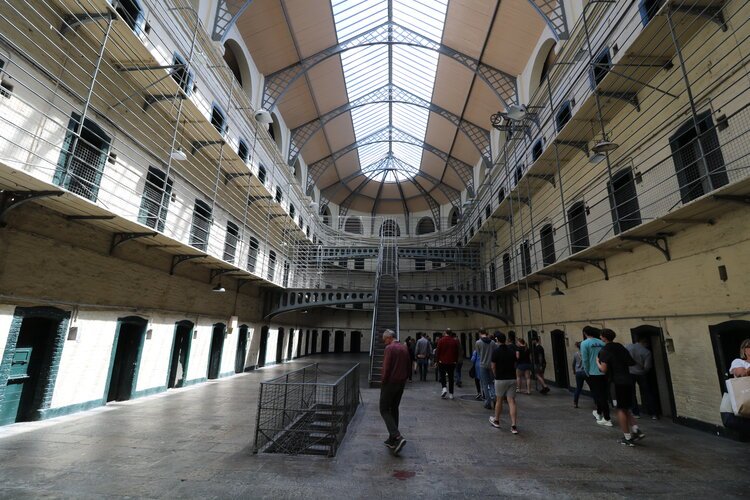





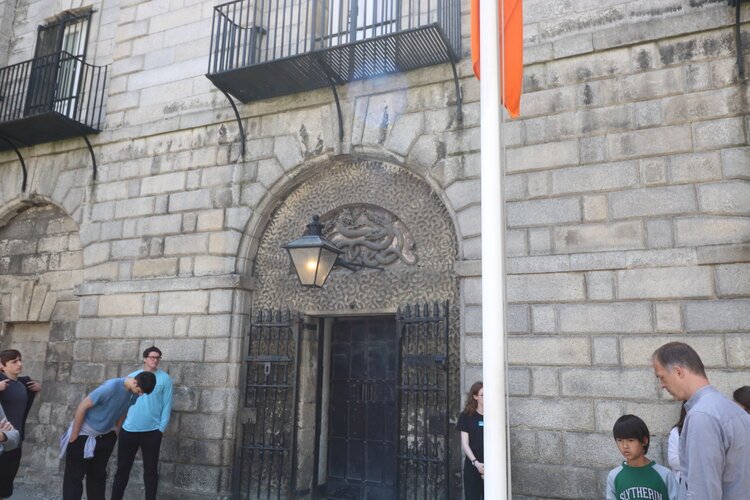



#6 Kilmainham Gaol
Kilmainham Gaol is a former prison where many leaders of the 1916 Easter Rising were imprisoned and executed. If you’ve ever been to Alcatraz in San Francisco, I would consider this a similar experience.
After you purchase your timed ticket, you’ll be assigned to a group you tour the prison with. If you don’t take the walking tour beforehand, no need to fret as the guide provides a brief history of the prison which coincides with content from the walking tour.
The main prison itself is quite beautiful aesthetically, though it holds such a grim history. It was quite interesting to compare the different prison systems of Ireland versus similar historical prison sites in the US.